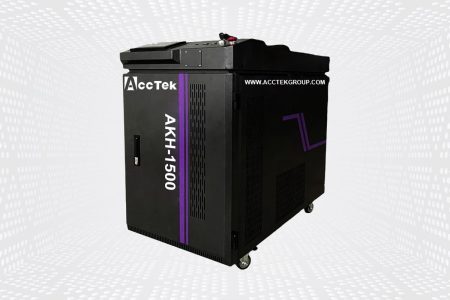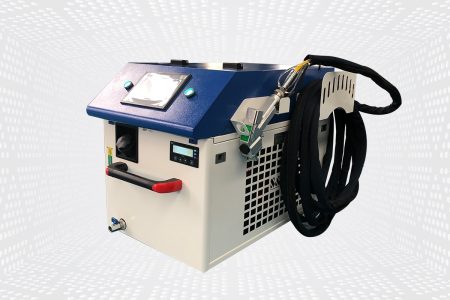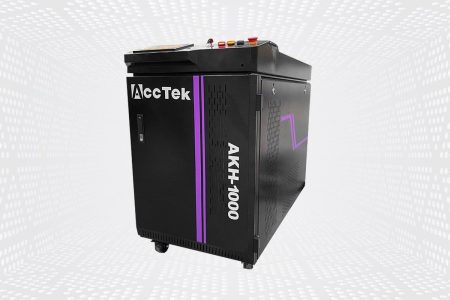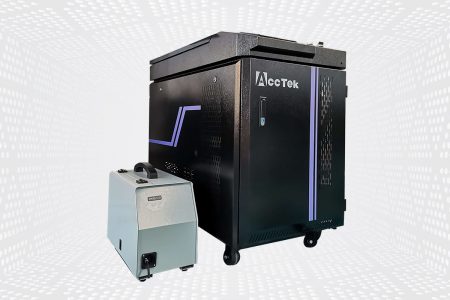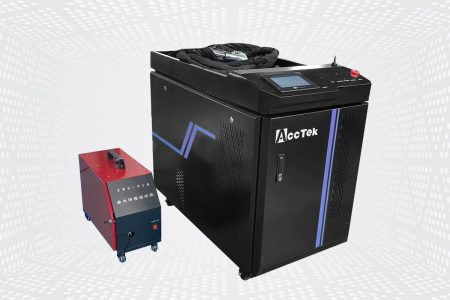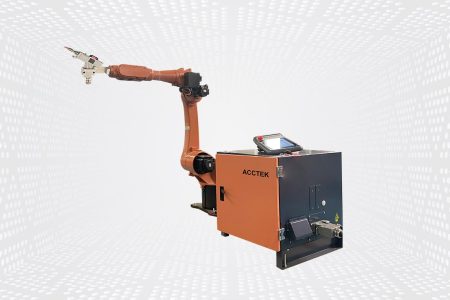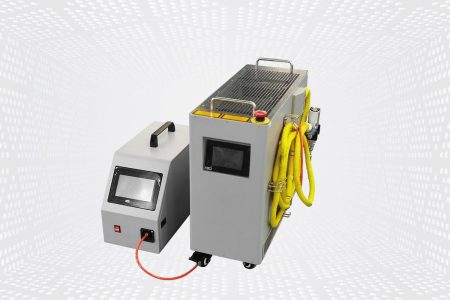Brass Laser Welding Machine
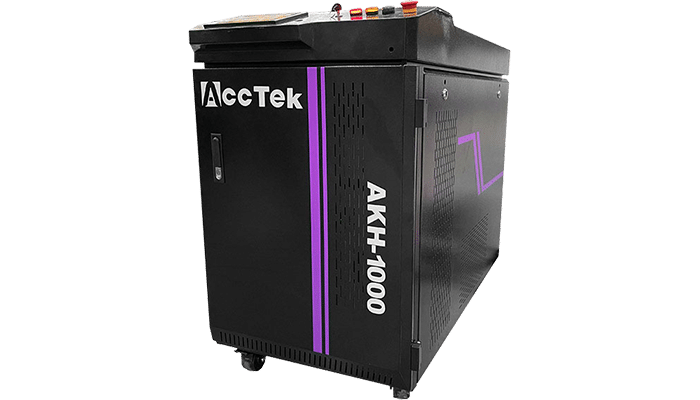

Photoelectric Technology
AccTek Laser focus on designing and manufacturing photoelectric-related system. We provide accurate and exquisite processing quality with leading R&D capability.

Integration Ability & Experienced
With an experienced, completed, and elite R&D team, customized such as automated, integrated with the robot, system integration, etc. are all available.

Professional Service
AccTek Laser's laser welding machine is a professional laser welding machine designed and manufactured in China. Our elite engineering team provides related service support.
Equipment Features
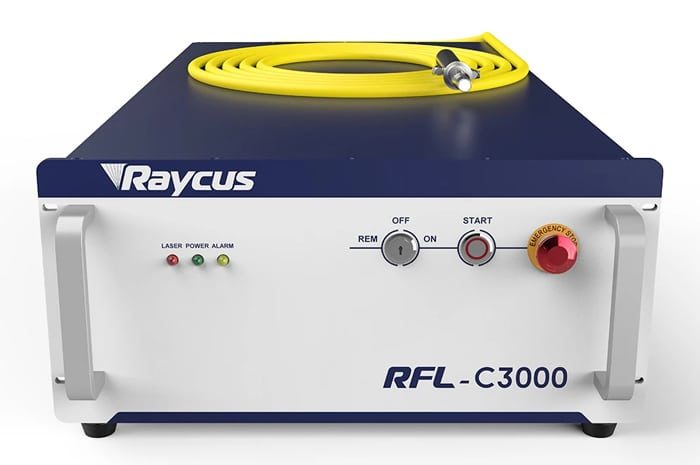
Powerful Laser Generator
Our laser welding machines are equipped with high-quality laser generators that ensure excellent beam quality, providing small and focused spot sizes for precise and efficient welding. With power output options from 1000w to 3000w, our laser welding machines can meet a variety of welding needs, ensuring optimum productivity without compromising quality.
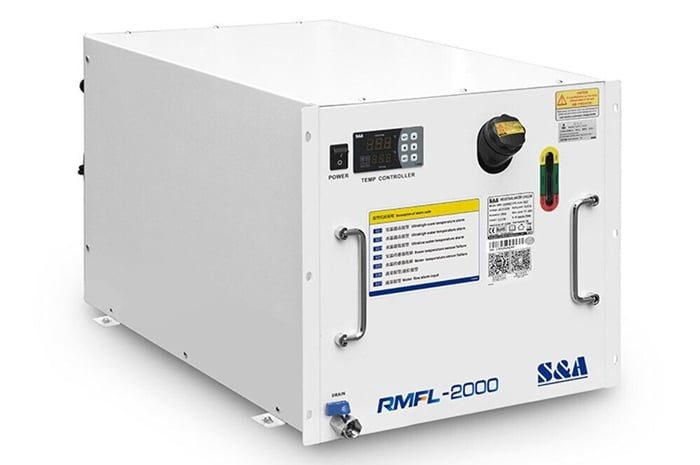
Advanced Cooling System
Designed with reliability in mind, our laser welding machines feature an efficient water cooling system to ensure consistent performance and extend the life of the laser generator. With advanced water cooling technology, we can guarantee stable and reliable welding results even during long-term operation.
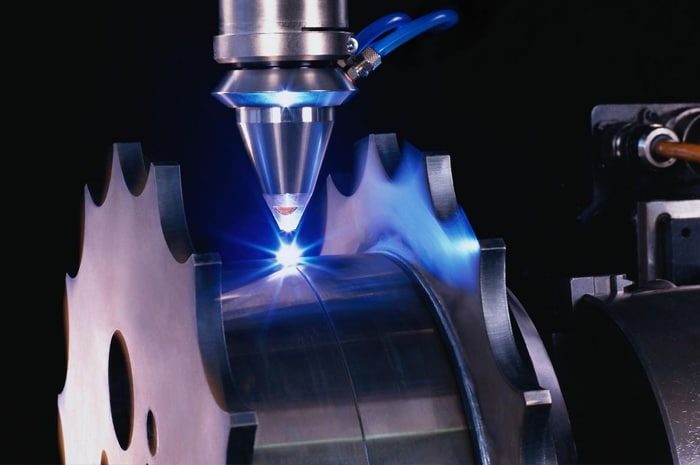
Excellent Beam Quality
Our laser welding machines have excellent beam quality, producing a focused and precise laser spot. This feature enables high-precision and efficient welding of different materials and thicknesses, reducing spatter and minimizing the heat-affected zone.
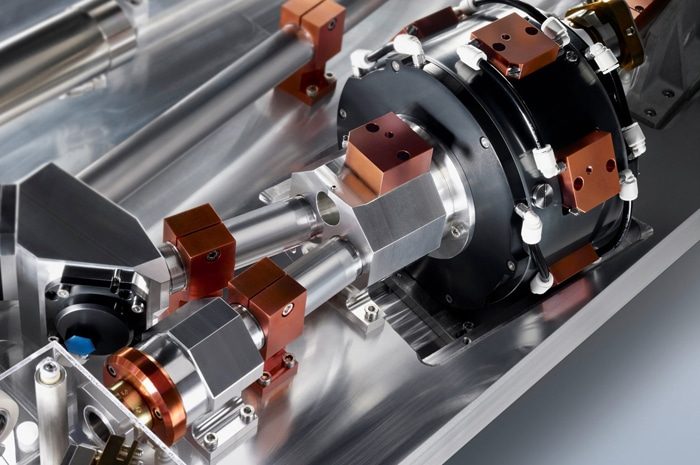
Precision Beam Delivery System
The beam delivery system of our laser welding machines utilizes flexible and flexible fiber optic cables, which can be easily integrated into automated production lines or robotic systems, enabling you to flexibly and easily adapt to different welding tasks. This flexibility increases workflow efficiency and seamlessly adapts to various manufacturing settings.
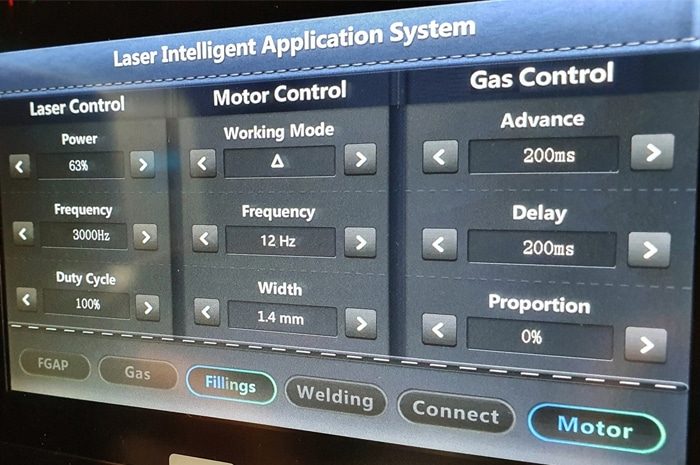
Intuitive Control Interface
Our laser welding machines feature a user-friendly control interface that gives you complete control over your welding process. Easily adjust and program welding parameters such as power, pulse duration, welding speed, and focus position to obtain the best results for your specific welding requirements.
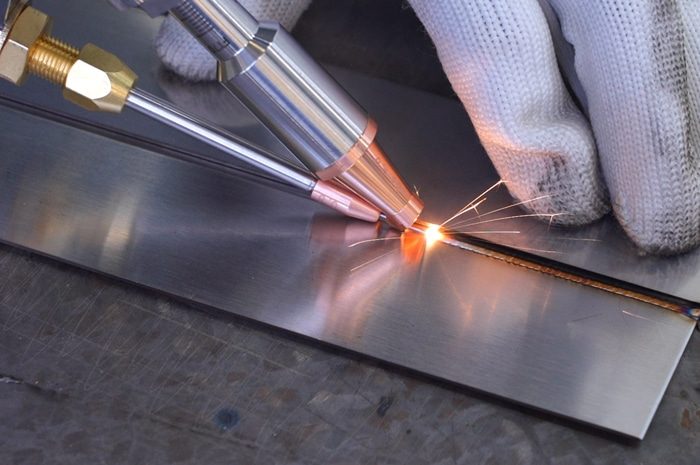
Comprehensive Security Features
Our laser welding machines are equipped with comprehensive safety features including enclosures, interlock systems, and safety sensors. These measures protect your operators from potential exposure to the laser beam, creating a safe work environment.
Technical Specifications
| Model | AKH-1000 | AKH-1500 | AKH-2000 | AKH-3000 |
|---|---|---|---|---|
| Laser Power | 1000W | 1500W | 2000W | 3000W |
| Laser Type | Fiber laser | |||
| Range of Adjustable Power | 1-100% | |||
| Laser Wavelength | 1064nm | |||
| Way of Workinging | Continuous/Modulation | |||
| Speed Range | 0-120mm/s | |||
| Repeat Precision | ±0.01mm | |||
| Welding Gap Requirements | ≤0.5mm | |||
| Cooling Water | Industrial thermostatic water tank | |||
Laser Welding Capacity
| Laser Power (W) | Welding Form | Thickness (mm) | Welding Speed (mm/s) | Defocus Amount | Protective Gas | Blowing Method | Flow (L/min) | Welding Effect |
|---|---|---|---|---|---|---|---|---|
| 1000 | Butt Welding | 0.5 | 55~65 | -1~1 | Ar | Coaxial/Paraaxial | 5~10 | Welded Completely |
| Butt Welding | 1 | 40~55 | -1~1 | Ar | Coaxial/Paraaxial | 5~10 | Welded Completely | |
| Butt Welding | 1.5 | 20~30 | -1~1 | Ar | Coaxial/Paraaxial | 5~10 | Welded Completely | |
| 1500 | Butt Welding | 0.5 | 70~80 | -1~1 | Ar | Coaxial/Paraaxial | 5~10 | Welded Completely |
| Butt Welding | 1 | 50~60 | -1~1 | Ar | Coaxial/Paraaxial | 5~10 | Welded Completely | |
| Butt Welding | 1.5 | 40~50 | -1~1 | Ar | Coaxial/Paraaxial | 5~10 | Welded Completely | |
| Butt Welding | 2 | 20~30 | -1~1 | Ar | Coaxial/Paraaxial | 5~10 | Welded Completely | |
| 2000 | Butt Welding | 0.5 | 80~90 | -1~1 | Ar | Coaxial/Paraaxial | 5~10 | Welded Completely |
| Butt Welding | 1 | 60~70 | -1~1 | Ar | Coaxial/Paraaxial | 5~10 | Welded Completely | |
| Butt Welding | 1.5 | 40~50 | -1~1 | Ar | Coaxial/Paraaxial | 5~10 | Welded Completely | |
| Butt Welding | 2 | 30~40 | -1~1 | Ar | Coaxial/Paraaxial | 5~10 | Welded Completely | |
| Butt Welding | 3 | 20~30 | -1~1 | Ar | Coaxial/Paraaxial | 5~10 | Welded Completely | |
| 3000 | Butt Welding | 0.5 | 90~100 | -1~1 | Ar | Coaxial/Paraaxial | 5~10 | Welded Completely |
| Butt Welding | 1 | 80~90 | -1~1 | Ar | Coaxial/Paraaxial | 5~10 | Welded Completely | |
| Butt Welding | 1.5 | 70~80 | -1~1 | Ar | Coaxial/Paraaxial | 5~10 | Welded Completely | |
| Butt Welding | 2 | 60~70 | -1~1 | Ar | Coaxial/Paraaxial | 5~10 | Welded Completely | |
| Butt Welding | 3 | 50~60 | -1~1 | Ar | Coaxial/Paraaxial | 5~10 | Welded Completely | |
| Butt Welding | 4 | 30~40 | -1~1 | Ar | Coaxial/Paraaxial | 5~10 | Welded Completely | |
| Butt Welding | 5 | 20~30 | -1~1 | Ar | Coaxial/Paraaxial | 5~10 | Welded Completely |
- In the welding data, the core diameter of the 1000w, 1500w, 2000w, and 3000w laser output fiber is 50 microns.
- This welding data adopts the Raytools welding head, and the optical ratio is 100/200 (collimator/focus lens focal length).
- The welding shielding gas: Argon (purity 99.99%).
- The welding material is brass.
- Due to the differences in equipment configuration and welding process used by different customers, this data is for reference only.
Comparison of Different Welding Methods
| Welding Process | Laser Welding | TIG Welding | MIG Welding |
|---|---|---|---|
| Heat Source | Laser | Tungsten arc | Electric arc |
| Weld Quality | High | High | Moderate to high |
| Filler Metal | Usually not used, but can be added with wire feed | Filler rod of same/similar composition | Filler wire of same/similar composition |
| Welding Speed | High | Moderate | High |
| Precision | High | High | Moderate |
| Joint Thickness | Thin to medium | Thin to thick | Thin to thick |
| Heat Affected Zone (HAZ) | Small | Large | Moderate |
| Gas Shielding | Usually required, inert gas (e.g., argon) | Required, inert gas (e.g., argon) | Required, inert gas (e.g., argon) |
| Automation | Highly suitable for automation | Can be automated | Highly suitable for automation |
| Applicability | Precision welding of thin components, jewelry, electronics | Versatile for various materials and thicknesses | Versatile for various materials and thicknesses |
| Advantages | Precise control, minimal distortion, minimal HAZ | Precise control, high-quality welds | Faster welding, suitable for production |
| Disadvantages | Limited penetration for thick joints | Slower than MIG, may require skilled welder | More filler metal needed, potential for spatter |
Product Features
- The machine is equipped with a high-power fiber laser generator, which has the characteristics of high energy efficiency, excellent beam quality, and precise control of laser beam parameters. Fiber laser generators are capable of delivering high-powered, focused laser energy, making them ideal for welding brass.
- The machine provides excellent beam quality, ensuring that the laser beam is focused and stable, resulting in precise, high-quality welding results.
- The machine can precisely control the laser power and pulse duration, so as to make the best adjustment according to the specific welding requirements of brass materials. This precise control ensures consistent and high-quality welds.
- The intuitive and user-friendly interface makes it easier for the operator to set welding parameters, monitor the welding process and adjust settings as needed.
- The machine has an efficient cooling system, which can maintain the best working temperature of the laser generator and prevent overheating during long-term use.
- The machine provides a variety of laser power options to meet different stainless steel thicknesses and welding requirements.
- The machine selects a high-quality beam transmission system, which can effectively transmit the laser beam from the laser generator to the welding area, ensuring the stability, accuracy, and consistency of the laser beam during the welding process.
- The machine is easy to maintain and maintain, with features such as easy access to key components, diagnostic tools, and remote monitoring functions to ensure smooth operation and minimize downtime.
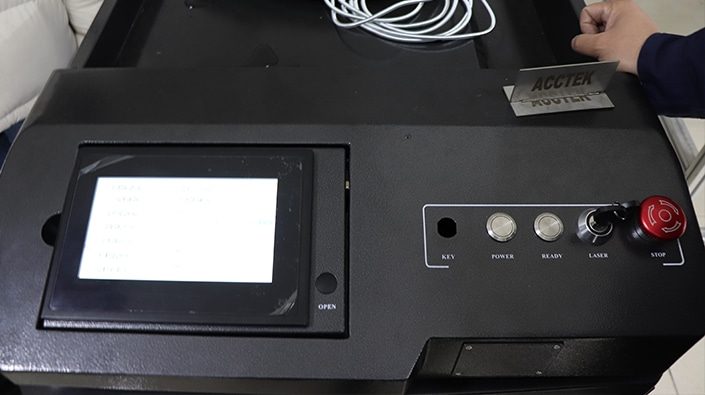
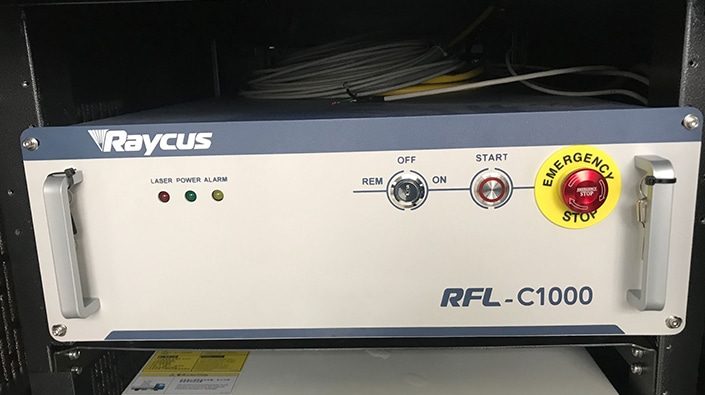
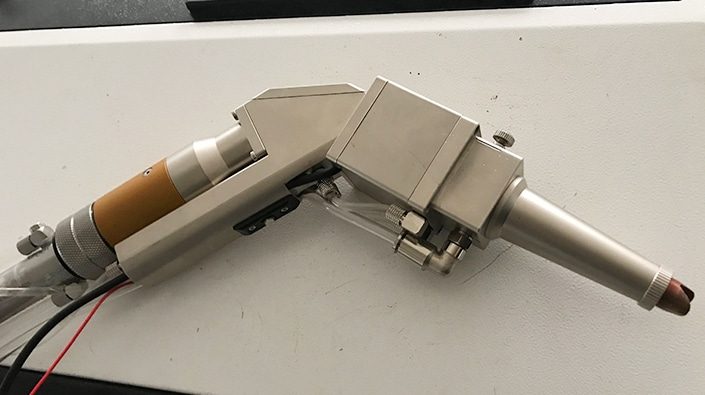
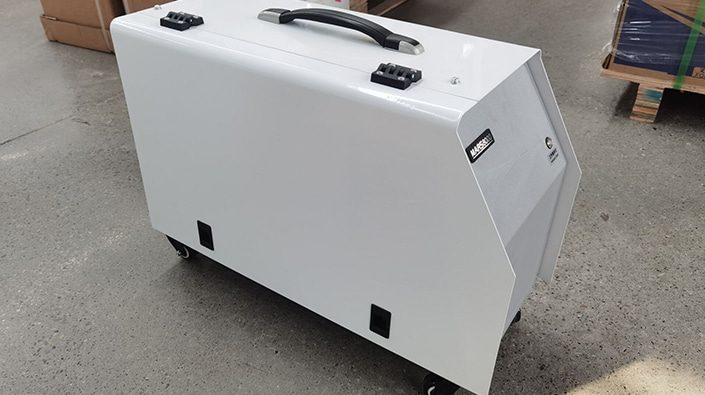
Product Application
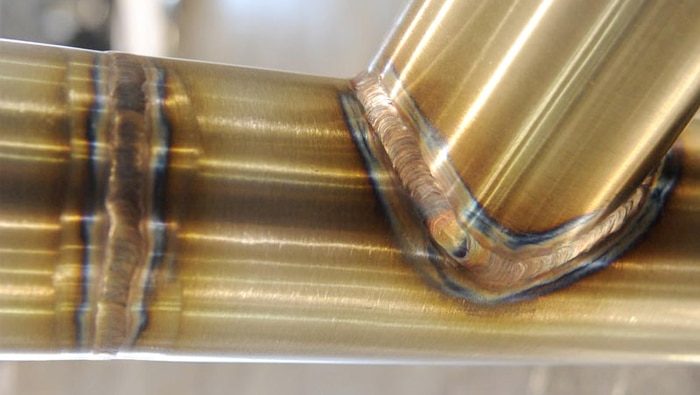
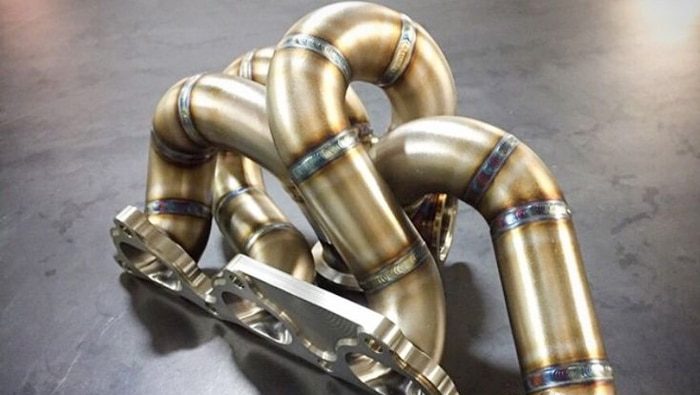
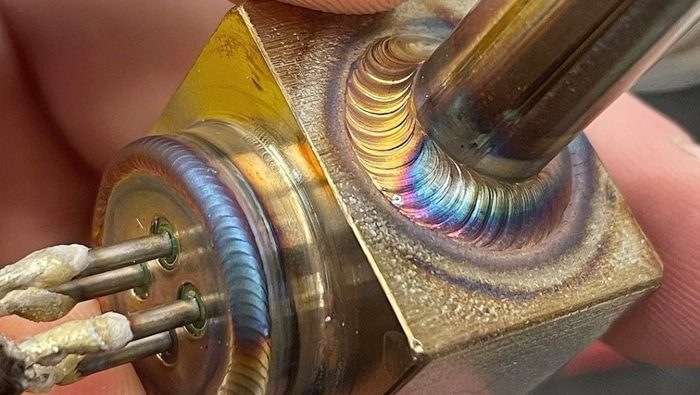
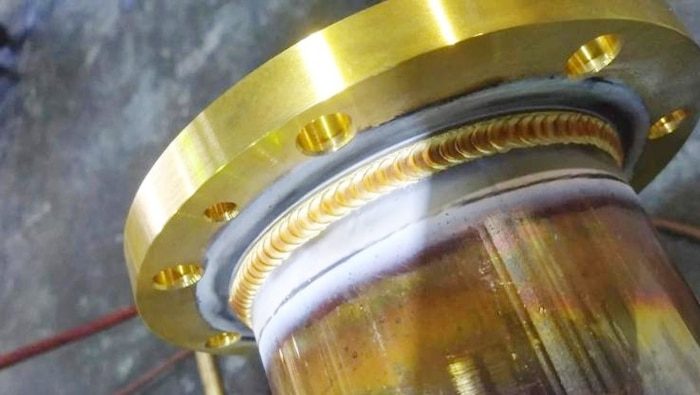
Equipment Selection
High-Configuration Fiber Laser Welding Machine
Portable Fiber Laser Welding Machine
Fiber Laser Welding Machine With Double Wobble
Fiber Laser Welding Machine With Automatic Wire Feeder
3 In 1 Fiber Laser Welding Cutting Cleaning Machine
Laser Welding Robot
Portable Air-Cooled Laser Welding Machine
Why Choose AccTek?
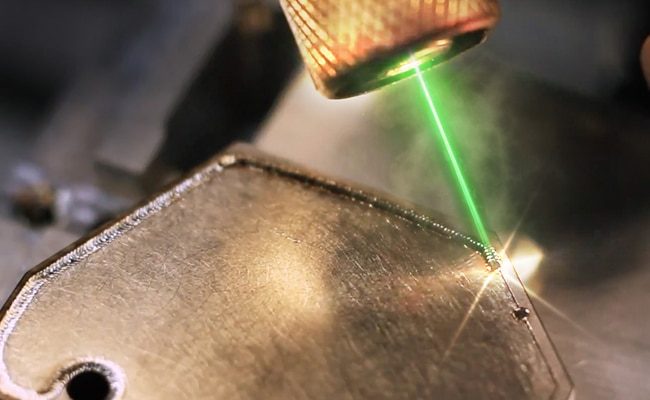
Unparalleled Expertise
Comprehensive Support And Service
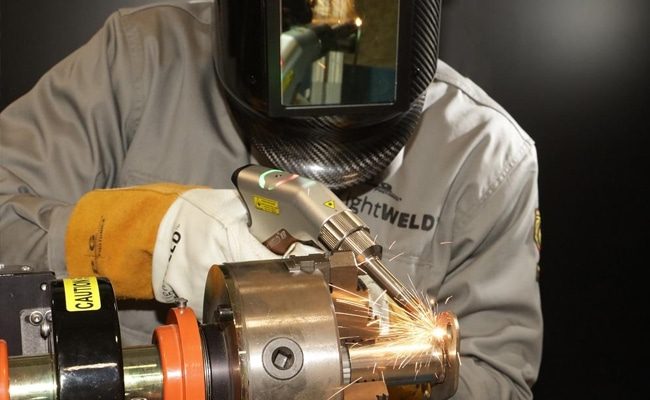
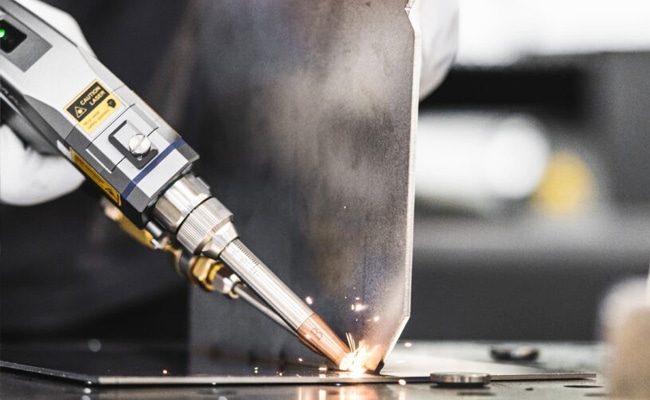
Strict Quality Control
Cost-Effective Solution
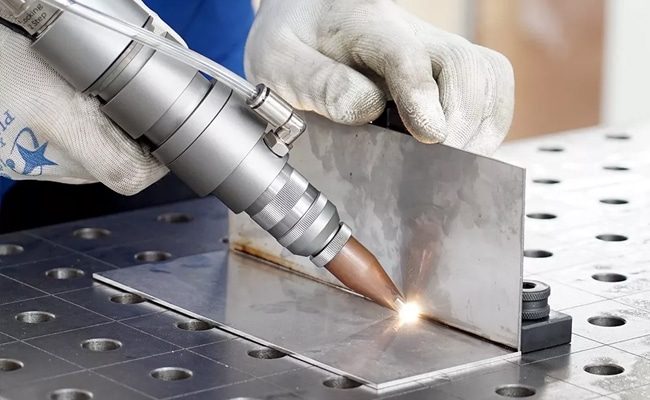
Frequently Asked Questions
- Thermal Conductivity: Compared to some other metals, brass has a relatively high thermal conductivity, which means it can conduct and dissipate heat efficiently. During laser welding, the heat of the laser beam can be quickly conducted away from the weld area, making it more challenging to achieve a stable localized weld. Rapid dissipation of laser energy may result in a larger heat-affected zone (HAZ) and precise control of laser parameters may be required.
- Reflectivity: Brass has relatively high reflectivity for certain laser wavelengths. This means that a significant portion of the laser energy can be reflected away from the weld area, reducing the energy available to melt the brass. Therefore, higher laser power levels or specific laser wavelengths may be required to overcome this reflectivity and achieve a successful weld.
- Zinc Volatility: Brass is an alloy of copper and zinc, and zinc has a lower boiling point than copper. During welding, the zinc component evaporates and forms zinc oxide fumes. These fumes interfere with the welding process, affect weld quality, and can cause porosity and defects.
- Variations In Alloy Composition: Brass can have a variety of compositions that contain varying proportions of copper, zinc, and other alloying elements. The composition of brass can significantly affect its weldability and how your machine responds to laser welding. Due to the special properties of some components, it can be more challenging to weld.
- Oxidation Sensitivity: Copper, an important component of brass, is sensitive to oxidation at high temperatures. When heated during a laser welding machine, copper reacts with atmospheric oxygen, causing surface oxidation and potential weld defects.
- Laser Radiation: Laser welding involves the use of high-powered laser beams which can cause eye and skin damage if proper safety precautions are not taken. Direct exposure to the laser beam may cause serious eye damage, including blindness. It is therefore imperative that the operator and anyone near the laser welding area wear appropriate protective equipment such as laser safety glasses and protective clothing.
- Fume And Particles: During laser welding, the high-intensity laser beam vaporizes the brass alloy and creates fumes. These fumes may contain metal oxides, particulate matter, and other potentially harmful substances. Therefore, adequate ventilation and extraction systems should be provided to remove fumes and maintain good air quality in the work area.
- Material Handling: Workpieces can become hot during welding, so proper handling techniques and protective gloves are necessary to prevent burns or injuries from hot surfaces.
- Electric Shock And Fire Hazard: Laser welding machines use high-powered power sources which may present a shock hazard if not operated properly or if the equipment malfunctions. Additionally, the intense heat generated during welding can create a fire risk, especially if flammable materials are used or flammable substances are present. Appropriate safety protocols and fire prevention measures must be in place.
- Material Safety Data Sheets (MSDS): It is important to be familiar with the Material Safety Data Sheets for the brass alloys used. These tables provide information on the composition of the material and any potential health or safety hazards associated with it.
- Operator Training: Laser welding machines should only be operated by trained and qualified personnel who are familiar with the specific equipment and safety procedures. Proper training helps minimize the risk of accidents and ensures that the welding process is performed correctly.
- Material Contamination: Brass welding may require the use of flux or other additives to improve the quality of the weld. Operators should be aware of the potential hazards associated with these materials and use them according to safety guidelines.

